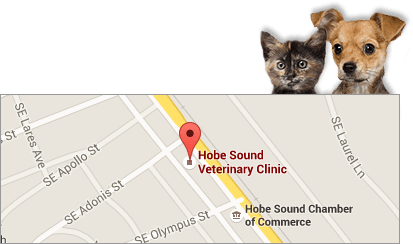If you’ve recently adopted a new dog, one of the first things you’ll need to purchase for your pet is a collar. Every dog needs a good collar, and it’s up to you to find the right one. The question is, how do you know what to choose? There are certainly a lot of options out there. Read on to find out more about choosing the right collar for your canine companion.
The Importance of the Collar
Your dog’s collar is important for their safety. First of all, it’s what attaches the leash to your dog, giving you control over your pooch’s movements and preventing them from darting away from you, perhaps into the street or toward another animal. Even the most well-trained dogs should wear a collar and leash while going on walks outdoors, just to be safe.
Collars also provide a place to house your dog’s ID tags. These small items are crucial for getting your pet returned to you in case they run away or get lost. Most vets recommend using collar tags and a microchip implant in tandem for maximum identification potential.
Types of Collars
There are all sorts of different collar types out there. Most common is the standard flat collar, which is usually made of nylon but could also be crafted from leather or other materials. There are also Martingale collars, also known as limited-slip collars, which are useful for dogs with slender necks like Greyhounds and Whippets. Martingale collars tighten if your dog gets too close to slipping out of their collar.
There are also various types of training collars, which might be needed depending on your dog’s behavior. There are choke collars, prong collars, spray collars, shock collars, and more. Be sure to check with your veterinarian or a professional dog trainer before using a collar of this type on your dog.
Sizing and Fit
Here’s the general rule of thumb to follow: you should easily be able to fit two fingers between your dog’s collar and their neck. If you can’t, it’s too tight! Remember that a collar that fits a puppy will be too small by the time they’ve grown larger. Be sure to check the fit of your dog’s collar frequently to make sure they’re comfortable.
Our Advice on Choosing the Right Collar for Your Dog in 2024
Why is a collar important for a dog’s safety?
A collar is crucial for a dog’s safety as it serves multiple essential functions. It provides a secure attachment point for a leash, allowing owners to maintain control over their dogs during walks and prevent them from running into dangerous situations, like traffic or aggressive animals. Additionally, collars are the standard place to attach ID tags, which are vital for quickly identifying and returning a lost or runaway dog. Together with a microchip, a collar, and ID tags, these significantly increase the chances of a lost dog being safely returned to its owner.
How can a collar help if a dog gets lost?
A collar can be a lifeline for a lost dog, mainly by attaching ID tags. These tags can carry crucial information such as the dog’s name, owner’s contact number, and sometimes even medical needs. This immediate availability of contact information dramatically increases the chances of a swift reunion with the owner. Furthermore, if the dog is microchipped, the collar can also hold a tag indicating this, encouraging finders to have the chip scanned at a vet or shelter, further aiding in the dog’s safe return.
What is the most common type of dog collar?
The most common type of dog collar is the standard flat collar. This versatile collar is typically made of nylon, leather, or other durable materials, designed to be comfortable for everyday wear. Flat collars feature a buckle or snap closure to secure them around the dog’s neck and usually include a ring for attaching ID tags and a leash. Due to their simplicity, effectiveness, and comfort, flat collars are widely recommended for most dogs, serving as an essential tool for identification and leash attachment.
What are Martingale collars, and which dogs benefit most from them?
Martingale collars, or limited-slip collars, are designed to prevent dogs from slipping out of their collars without choking them. They tighten gently when a dog pulls on the leash but have a built-in safety mechanism to avoid too much pressure on the neck. These collars are particularly beneficial for dogs with slender necks relative to their head sizes, such as Greyhounds, Whippets, and other sighthounds. The design ensures the collar tightens enough to prevent escape, making it a safe and humane choice for securing these breeds during walks.
What training collars are available, and why should they be used cautiously?
Several training collars are available, including choke, prong, spray, and shock collars. Each is designed with specific training goals, such as correcting unwanted behaviors. However, these collars must be used with caution and under professional guidance. Improper use can lead to physical injury, pain, or psychological stress for the dog. It’s crucial to prioritize positive reinforcement techniques and consult with a veterinarian or a certified dog trainer to ensure the safety and well-being of the animal while achieving effective training outcomes.
You’re not alone in the search for the perfect collar. Contact your vet’s office in Hobe Sound, FL for advice on the best choice for your dog.




